A reader has sent in the following question for our resident expert Baz Du Bois:
“Hi Barry. We are about to renovate our bathroom and replace everything, including the toilet. We want to pull out as much ourselves as possible to prepare for the new bath, shower and toilet etc. What should we demolish ourselves and what should we leave for the experts to remove? Do we need to be careful when removing the toilet?”
Here’s Baz’s great advice:
Thanks for the question. Bathrooms are one of the most difficult and expensive rooms to take on in a reno, so with that in mind, it’s great that you want to jump in and get some of the hard labour done yourself. Even as a DIYer, it’s first important to have a critical path and demolition plan mapped out on paper so you and your tradies are on the same page and can schedule and collaborate.
Start with the date the plumber has agreed to start and work back with your demo from there. I find it very helpful to make a note of what I am going to do, in what order and what equipment I may need. For example:
- remove toilet, vanity and bath (large hammer, crowbar, screwdrivers), one day, two people required for lifting.
- remove mirror and wall tiles (small grinder with masonry disk, cold chisel, spade, buckets or bags for debris), two days.
- remove floor tiles, one day (hire jack hammer).
By doing the job on paper like this, you will discover tools and processes you may not have allowed for in your timeline. Delays or delaying your tradies will cost you money. At this point ,you may be saying things to yourself like ‘that’s a lot of trips to the street or yard, do I have the time it takes, where am I going to put all this waste?’ They’re great questions so also add the answers into your construction plan and when you’re getting prices from your tradies, ask them the same questions. Collaboration and communication are the keys to a good reno.
My next tip is if your home was built before 1987, it could have asbestos in some of the building products. It’s not easy to know if it has, so treat the project as if it does and take best practice measures. Check out asbestosawareness.com.au but a couple of measures I always take are to wear personal protective gear (like disposable overalls, gloves, a mask and eye protection) and use a plastic drop sheet or similar to isolate any dust from spreading through the rest of your home.
Ok, let’s get down and dirty. I see no reason why you can’t carry out all the demolition but be aware that all ceramics tiles, baths, basins and toilets can be dangerous and sharp when broken so where possible, cover such items with a towel etc if you need to break them up to remove them and wherever possible, remove them intact. Many of these items are accepted at reuse and recycle yards.
As soon as you remove items such as the vanity, bath and toilet, use an old shirt or rag in a strong plastic bag to temporally seal up the plumbing and protect it from building and demolition debris. Force it like a plug into the pipe. This will also stop any smells!
Demolition is hard work and renovating is very rewarding. I promise the more times you do this on paper, the smother the process will become.
Got a question for one of our Resident Experts? Submit it for consideration here.
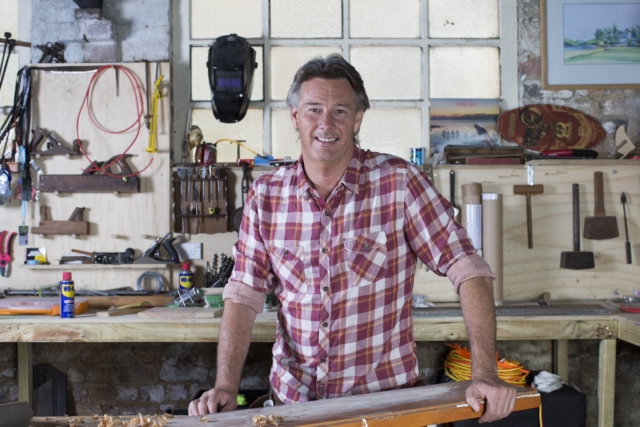
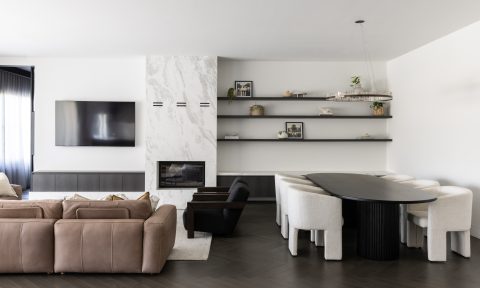

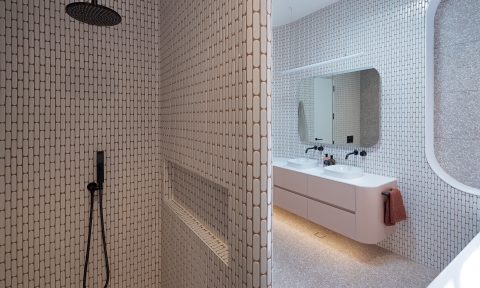

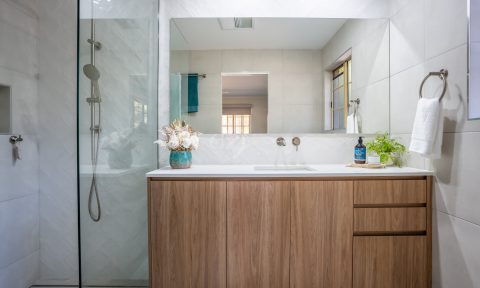
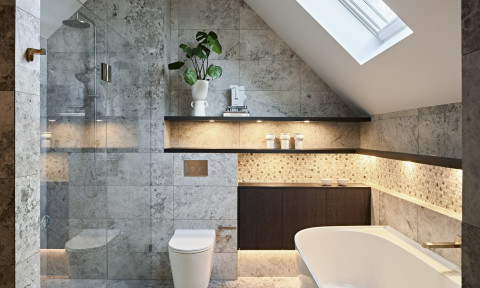
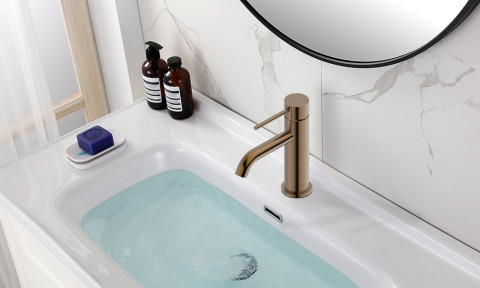
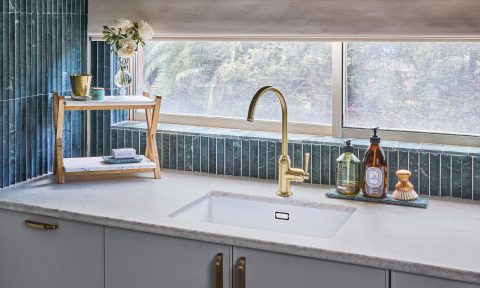
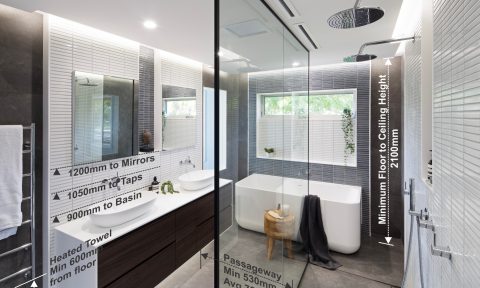

Comments
Hi guys,
I’d add that Jim’s Building Inspections and others do quick and safe asbestos inspections including removing samples for analysis.
That way you get a firm yes or no. If it’s yes I would make sure kids are away from the home during demo and clean up and I would wear only:
A p2 respirator
A type 5 set of coveralls
Disposable gloves
I would then:
Line the path out of the house in 200micron black plastic
Wet or dampen the material if it’s breaking as you demo it to suppress fibres
Bag the material into 200micron labelled bags or put it into a lined waste bin
I’d then wash down the work area and path you moved the material along with wet rags or wipes and hire a h class hepa filter vacuum to finish the clean up.
Not all tips take asbestos so make sure to research before you start where you’ll dispose of it and transport it covered.
If it’s over 10m2 which us unlikely just in a bathroom…
Sorry if it seems overkill but I’d just want to die too if I ever exposed the kids. That said the stuff is so common we have to be prepared to Reno around it.
Suzanne
Thanks Suzanne. I you’d like to write an article on asebestos for us we’d love to publish it. Jen
Thanks Baz!! Awesome reply with a really useful plan of attack. Much appreciated.
Glad it helped, Kim! Hopefully many others will find it useful too so thanks for asking the question. Jen